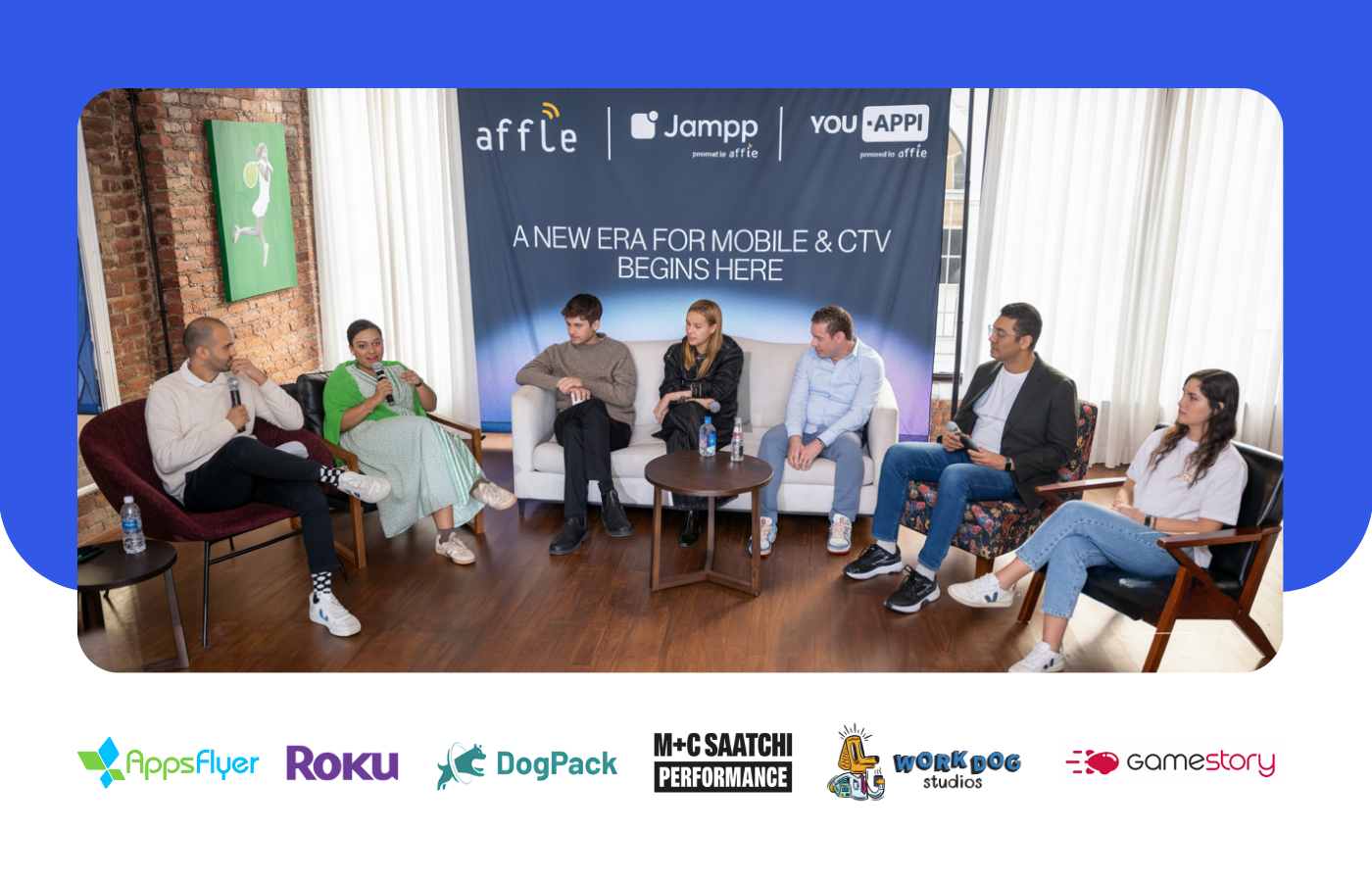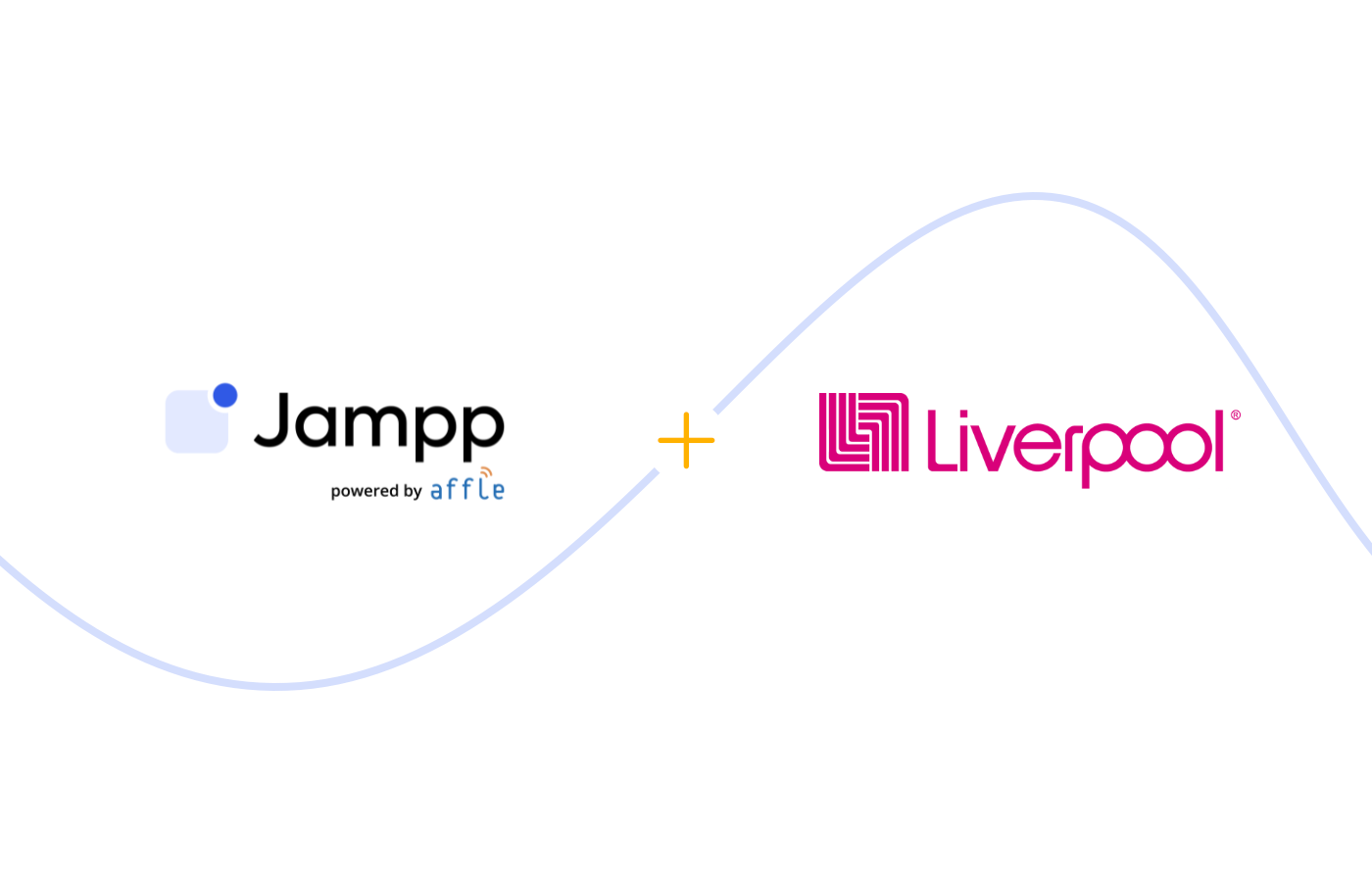Mobile games: challenges and opportunities amidst COVID-19
The pandemic has triggered an increase in mobile game installs and playtime, but high churn rates can make it hard for games to drive long-term growth.
June 18, 2020

The pandemic has triggered an increase in mobile game installs and playtime, but high churn rates can make it hard for games to drive long-term growth.
Mobile games gone viral
We’re all staying at home, and eventually looking to get distracted from the constant stream of bad news—and mobile games are one of the most accessible and varied forms of entertainment. While you once needed a gaming console (or a large PC) to play the latest games, today, some of the best titles are released on smartphones... and everybody has one. That explains why the total amount of mobile gamers rose 46% over the last three months (currently totaling 1.75B1).
The COVID-19 effect on gaming

But users are not only downloading more games, they are also spending more time playing. In fact, between January 2020 and March 2020 alone, playtime was up 62%1. And that’s not all, with people not spending money on things they’d normally buy, users are getting to spend more in-app. When social distancing measures were first introduced in Europe and North America, Gaming in-app purchases saw a rise between 5%-30% a day for most of March1.
Mobile games’ own final boss 👾
COVID-19 has influenced the fast growth of mobile games, but it hasn’t solved the pre-existing challenge for this vertical: low retention rates. While retention rates in mobile games vary according to the app category, there’s an underlying trend that can be seen across all mobile games.

COVID-19 could be playing a part in low retention rates. Before the outbreak, users would devote a month or a couple of weeks to playing a specific couple of games. Now that people have more free time to spend on games, they are more likely to move on to the next one in a matter of days or even hours 🕒.

How are Gaming app marketers improving retention rates?
Even if the amount of uniques reached through Gaming keeps growing across every hour, this doesn’t guarantee that these gamers will remain active nor start to monetize. That’s why mobile games should also be focusing on App Retargeting.

Mobile games have been slower to implement retargeting: less than 10% of Gaming apps ran retargeting in 20192. However, the average revenue from their retargeted users is significantly higher than that of their non-retargeted users, so the adoption of App Retargeting is likely to keep increasing.
When it comes to in-app monetization, App Retargeting is helpful for both leading users to become in-app buyers and to incentivize users who have previously made in-app purchases to monetize again. After all, on Android, 74 cents of every dollar is spent on games (and in-app purchases represent 95% of that amount), so it’s key to make the most of gamers who purchase regularly.
App retargeting essentials for mobile games
At a time of fast growth and challenging retention rates, Gaming app marketers are strengthening their App Retargeting efforts and making sure to feature the following campaign must-haves:
1- Deep Linking 🔗
Using deep links can increase retention while at the same time maintaining a seamless user experience. When targeting gamers, it’s important to personalize ads based on users’ experience in the game itself.
If a user hasn’t downloaded the game yet, the ad should be linked to the App Store. However, if the targeted user already has the app, the ad should encourage the player to pass the next level of the game. In this way, deep linking can lead users back to the app to try a new feature, complete new missions, and unlock new levels.
2- Predictive Audiences 👥
When dealing with challenging retention rates, marketers look to maximize the engagement from current users. Predictive Audiences determine users’ potential value to focus on users who are more likely to convert. By leveraging this feature, app marketers can target frequent players to encourage them to spend more time in the app, make more in-app purchases, or perform any other kind of in-app event they are likely to engage with.
3- Lift measurement & granular reporting 📈
Full transparency into campaign performance is something app marketers should call for, no matter the vertical. First of all, because it allows app marketers to know which ad units are running and where; and secondly, because impression-level data enables lift measurement. For Gaming apps looking to increase user retention, measuring incremental revenue is an efficient way to know whether marketing efforts are having the desired impact. This is the only way for app marketers to know whether their App Retargeting efforts are generating conversions that wouldn’t have happened otherwise.
4- Dynamic Ads
By using Dynamic Ads, app marketers can reach users with relevant ads at every stage of the funnel. This feature leverages machine learning to create multiple variations of each ad set and identify top performing units to optimize the campaign head-on.
Dynamic Ads should be customized to each app event with a goal in mind for the user, such as:
A) Start playing the game
B) Complete a tutorial
C) Unlock a new level
D) Make an app purchase
E) Invite a friend
Even when it’s clear that a specific gamer is unlikely to become a paying user, Gaming marketers can still make the most of the situation by moving them to invite friends and share their achievements.
5- Special dates boost 📅
Many mobile games take into account special dates such as Christmas, the Chinese New Year, or Halloween to plan in-app events with special features or tournament type structures. These key dates are a great opportunity to re-engage users with a new and compelling reason to return to the app.
Wrapping up
Mobile games have been gaining traction over the past years, and the COVID-19 has brought further boost to this growth. However, to make the most of the peak in consumption, app marketers need to take on the challenge of retention.
This article focuses on key strategies app marketers are implementing to improve campaign performance for mobile games… but there is not a one-fits-all combination guaranteed to increase retention. It’s important for marketers to rely on their growth partners to adjust this game plan to their specific needs.
If you’re interested in keeping mobile gamers engaged and in-app, read more about App Retargeting in our blog or contact us to see a live demo of our product.

References
[1] MobileAnalytics, 2020.
[2] “Apps Retention: Benchmarks, Strategies and Best Practices,” AppsFlyer, 2019.
Subscribe to our email newsletter









